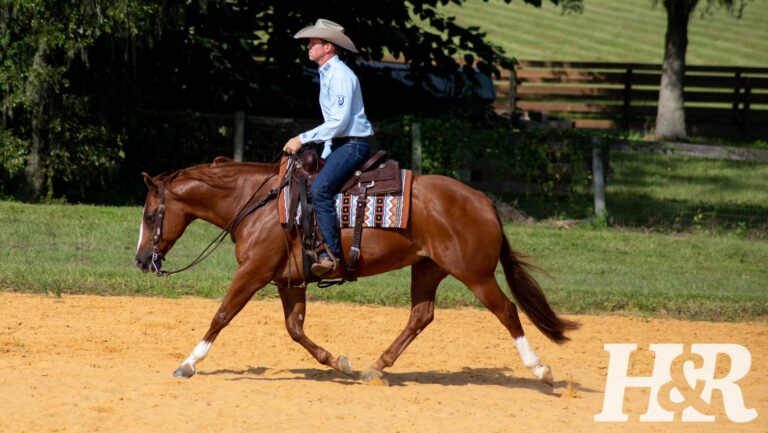You’ve heard the experts. They say we should encourage our horses to eat the way nature intended. That means, ideally, grazing or munching on grass hay off and on ’round the clock.
.jpg)
“Frequent, small meals are best for the digestive-tract anatomy,” affirms Clair Thunes, PhD, of Summit Equine Nutrition (summit-equine.com).
“Horses evolved to eat nearly constantly, and as a result, they’re continually secreting hydrochloric acid into their stomachs. Saliva from chewing contains bicarbonate that buffers the acid. So a near-constant food source that requires a lot of chewing increases saliva, which helps reduce the risk of gastric ulcers.”
Another benefit of slow feeding is that it gives horses something to do. This alleviates boredom, which in turn helps prevent or moderate unwanted behaviors such as cribbing, weaving and stall- or paddock-walking.
Then, too, horses that don’t fast for long periods between feed times also are more relaxed overall, as they suffer less digestive discomfort and aren’t obsessing over food during the time between feedings.
If your horse is at pasture, he’s eating closer to the way nature intended and enjoying the benefits. But what if pasture isn’t an option?
Enter slow-feed hay nets, also known as small-mesh nets. While a traditional hay net has mesh large enough for a horse to stick his muzzle in and get a big mouthful, slow-feed nets have mesh sizes typically between 1 3/8 inches to 1 5/8 inches.
Such tiny openings necessitate nibble-feeding: The horse coaxes a stalk or two out with his lips, then grasps the stalks with his teeth and pulls them out with a quick, sideways motion that mimics the action of grazing.
“These nets can be helpful when you want to provide a more natural, healthful way for your horse to eat but you can’t run out to feed every hour,” observes Thunes.
If you decide to give slow feeding a try, here are some do’s and don’ts for using a small-mesh hay net.
Do: Shop around to find the net that best suits your purposes. They come in different styles and sizes; the largest ones can accommodate a whole bale. One good one is the Freedom Feeder, pictured above. (See directly below for links to this net and others.)
Don’t: Expect sharing; provide one hay net per head (plus perhaps one extra) for horses turned out together to prevent hoarding or bullying.
Do: Install the net according to the maker’s instructions for safety and best results. Initially, fluff up the hay inside the net and pull some hay strands through a few of the holes to give your horse the idea.
Don’t: Hang the net in any way that could enable your horse to catch a hoof in it. Especially if your horse wears shoes (which increases the risk of entanglement), make sure the net is high enough to minimize risk.
Do: Allow some time for your horse to learn how to use the net. Provide an extra serving of hay along with what’s in the net for a day or two, so your horse is never learning how to use the net on an empty stomach.






